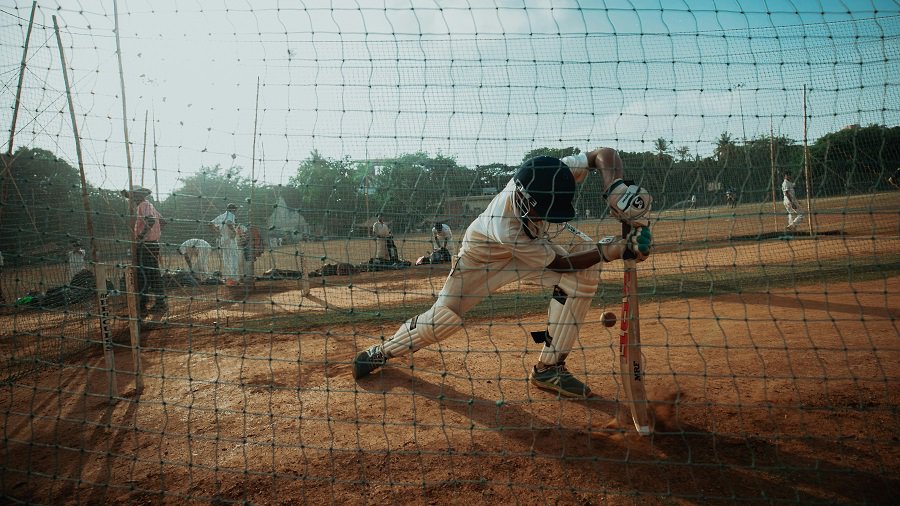In the world of sports betting in general and cricket betting in particular, understanding betting odds is fundamental to getting good at them. These odds not only represent the bookmaker’s prediction but also provide insights into the potential returns for bettors. Let’s dive into the intricacies of betting odds, decoding their definition, meaning, comparison with probability, and the various ways in which they are presented.
What are Betting Odds in Cricket? Decoding the Language of Punting (or Betting or Wagering!)
So, what are cricket betting odds? Betting odds in the sport of cricket express the likelihood of a particular outcome in a cricketing event and the potential profit associated with a successful bet. These odds are formulated by bookmakers based on their assessment of the teams’ or players’ chances and the betting patterns of the public.
Understanding Cricket Betting Odds
There are three basic ways in which betting odds can be expressed depending on your region but mathematically there is no difference between them.
Fractional Odds: Example: 4/1
In the case of fractional odds, the numerator represents the potential profit, and the denominator signifies the amount wagered. In this instance, a successful bet of 1 unit of currency yields a profit of 4 units of currency.
Decimal Odds: Example: 5.00
Unlike the fractional odds, the decimal odds represent the total potential return, including the initial stake. For instance, a 1 unit bet at 5.00 odds results in a total return of $5 which includes the initial bet of 1 unit and the remaining four units of profit.
Moneyline Odds: Example: +300 or -150
Positive (+) odds indicate potential profit on a 100 currency units bet, while negative (-) odds denote the amount needed to wager to profit 100 units of currency. For a +300 moneyline, a 100-unit bet yields a profit of 300 units.
How do Betting Odds Compare with Probability?
Implied Probability:
Betting odds can be converted into implied probability. The formula is: Implied Probability = 1/Odds X 100
For example, with odds of 2.00, the implied probability is 50%.
Comparison with Actual Probability:
Bookmakers build a margin into the odds, ensuring a profit. Thus, the sum of the implied probabilities for all possible outcomes is over 100%.
Various Ways of Presentation
Odds Against: Example: 2/1
Indicates potential profit relative to the stake. In this case, a $1 bet results in a $2 profit.
Odds On: Example: 1/2
This signifies a bet where the potential profit is less than the amount wagered. A $2 bet yields a $1 profit.
Even Money: Example: 1/1 or 2.00
Represents a situation where the potential profit is equal to the amount wagered.
Long Shot: Example: 10/1
Refers to outcomes with a low probability. A $1 bet yields a $10 profit.
Final Words on Cricket Betting Odds
In the realm of sports and cricket betting, understanding odds is pivotal for making informed wagers. Whether expressed fractionally, decimally, or in moneyline format, these odds provide a numerical representation of the bookmaker’s assessment. Wise bettors navigate this landscape by not only interpreting the odds but also factoring in implied probability and recognizing the various formats in which these odds are presented.
Let us know if you have any questions regarding betting odds in cricket.
Photo Credit: michael weir on Unsplash






